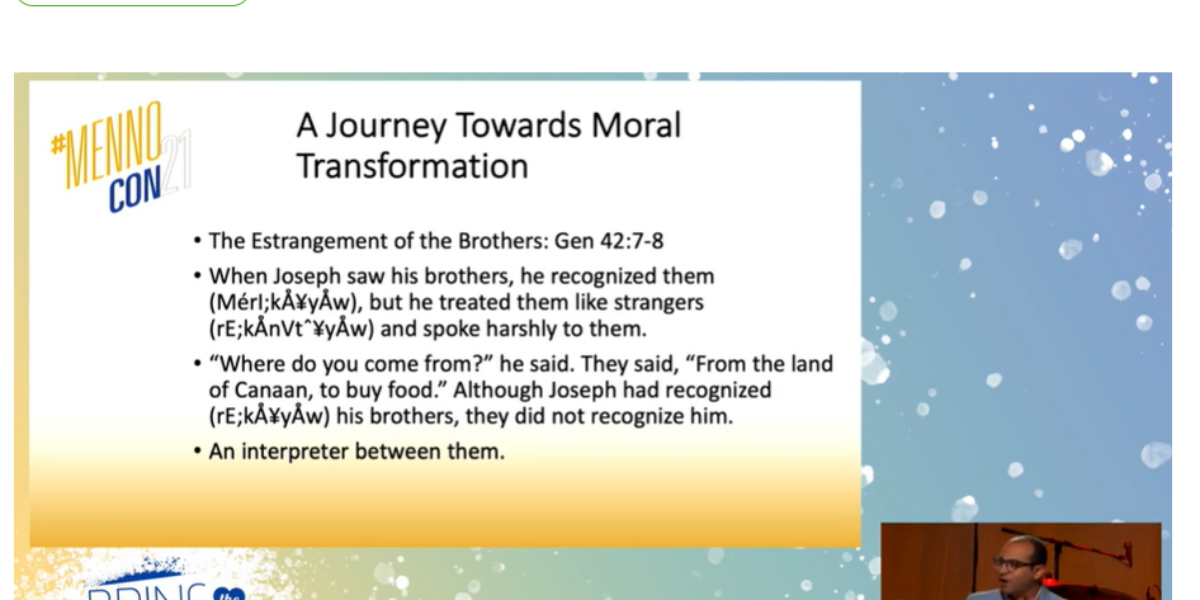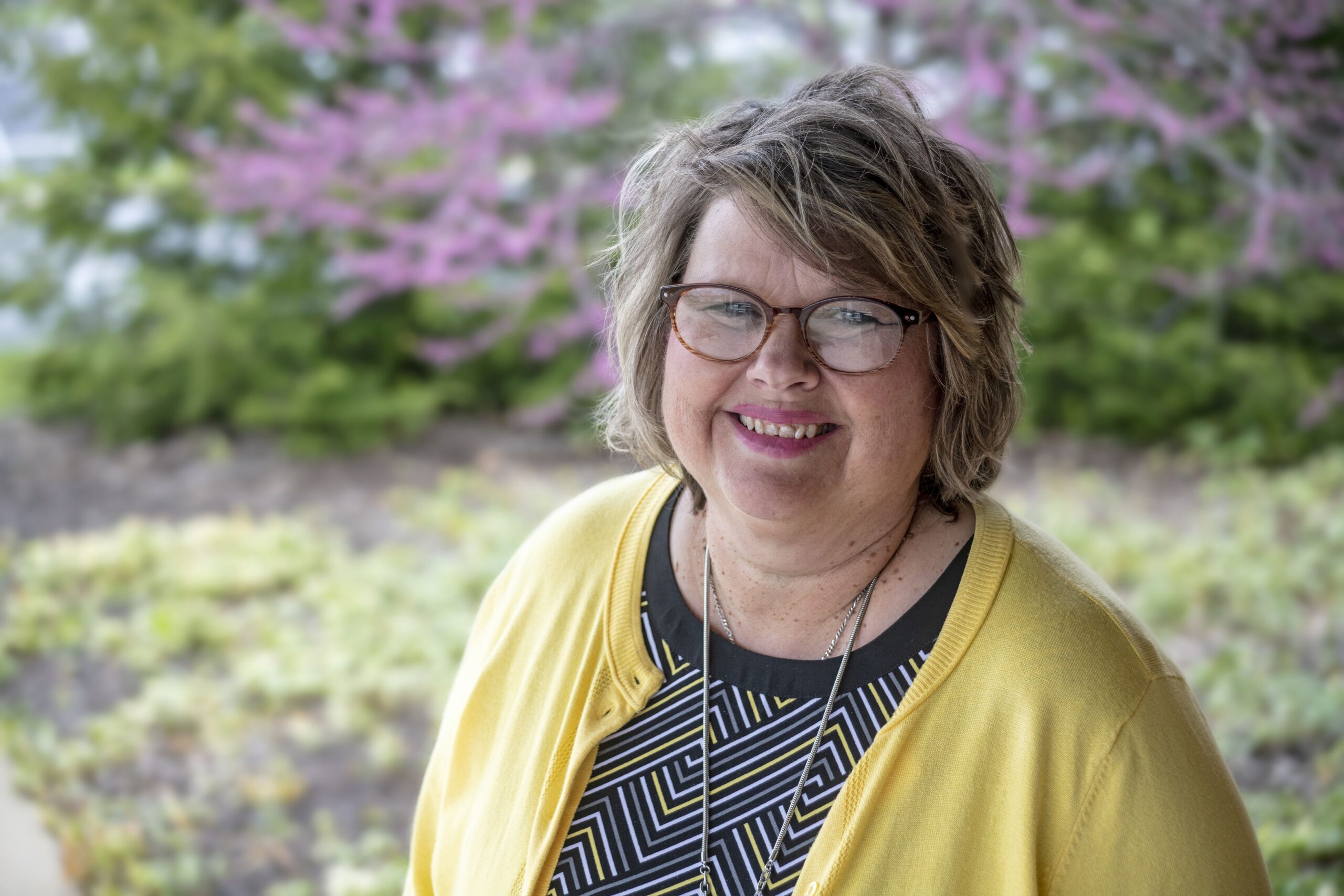Safwat Marzouk’s morning Bible study July 8 on the story of Joseph and his brothers makes me think of Voices Together. For years, planners and creators of the new Mennonite hymnal and worship resource listened to the stories, songs, and hearts of a diversity of people. This helped them to create a tapestry of narratives in song and prayer that speak to the diverse realities reflected in their lives. As the introduction described, they strove to "assemble a collection where worshippers find themselves and their stories honored and expressed."
In reflecting on Genesis 45 and 50, Safwat described how the Joseph story reveals how moral transformation deeply links reconciliation to justice. He believes that important steps towards moral transformation include thinking of oneself no longer in the center of power, but willing to develop empathy – or walking a mile in the others’ shoes. That includes listening to the other narrate his or her story according to their perspective.
For example, in traveling to Egypt to seek food during a famine, the brothers found themselves in the powerless position. When Joseph revealed that he was their brother that they sold into slavery, they feared a retributive justice – this was happening to them because of what they did to Joseph. But as Joseph narrated the story according to his perspective, they realized the raw evil that was behind their act of violence against him and their deception to their father. But he also reminded them that even though they meant it for evil, God would bring good from it.
To reconcile with Joseph, they would have to hear his telling of the story, and then put things right in their relationship in context of that perspective. God’s good amid evil unfolds when: there is liberation in the telling of the truth, liberation in the listening of the truth, liberation in the breaking of the cycle of violence by not waging retribution but also not settling for a surface peace.
There was no way to restore Joseph’s blood-stained coat of many colors. But there was a way to cover each other with the justice-infused reconciliation by the sharing of voices and the empathetic listening of those voices.








